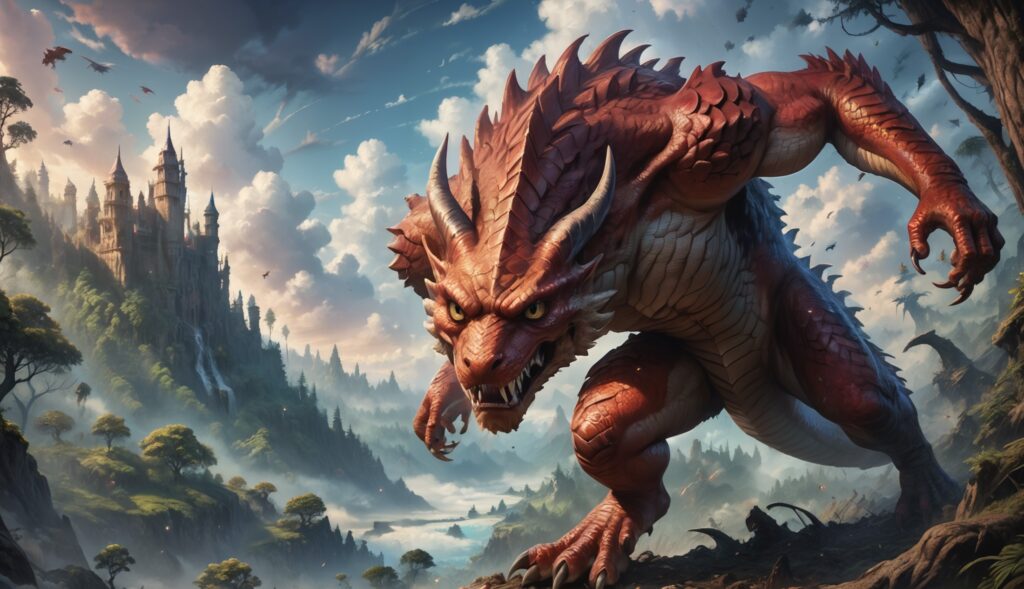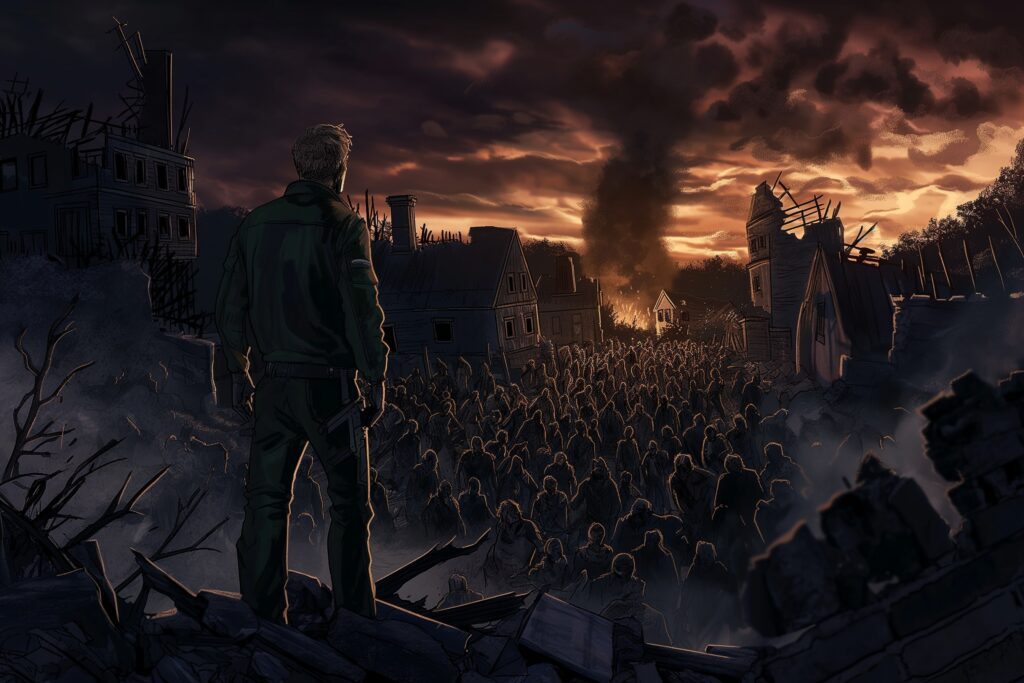5 Tips on Writing: With Priyanka Goyal
Hello! I’m Priyanka Goyal, and I am a story writer. I was introduced to the world of interactive fiction early on when I was an avid reader of the stories on Episode Interactive. While I repeatedly questioned myself, ‘What’s stopping me from becoming one of the people writing for the app?’, the answer was clear. I need to get my stories out there and nothing’s going to stop me. I’ve written interactive fiction for role playing games for about four years now, narrating stories and experiences which have shaped me, and currently I’m honing my skills in the elaborate art that is cinema. Both screenwriting and interactive fiction writing seem like similar playgrounds, but each has its pros and cons… and I wish to do both.
Hooking Your Audience

For the sake of simplicity, I’d say the first hook for the audience is how relatable or intriguing a character is, and how bad of a situation they’re stuck in. It could be the simplest of the characters, say a nerdy and introvert first bencher, but combine that with a super-challenging situation which contradicts everything the character believes in (basically out of their comfort zone, like WAY BEYOND the bubble they like to live in), say, being forced to address the entire school on stage, you’ve got a hooking opening. (Note: Remember, ‘challenging’ is a subjective term when it comes to character design, as what is challenging for one character may be a piece of cake for another.)
Another hook for the audience could be the uniqueness and drama (melodrama even) of the setting and milieu. A great story consists of three strong factors: Character, Conflict, and the Central Situation. As soon as you can lock interesting conditions for all three, you’ve got an engaging and hooking story!
Mastering Plot Development
It is believed that a character creates the plot, but in my opinion, they both go hand in hand. Conflicts, confrontations and resolutions often come from a character’s psyche and inner turmoils. The best way to get the plot moving is to follow a chain of cause-and-effect (the chain of Causality). This happened, and because of this, that happened. This chain would help make the story cohesive and believable for the audience. Ask yourself, what the possible dramatic consequences of this small action that a character just took could be, and choose the one that brings the most conflict in the lives of your central character and those around him.

Effective World-Building Strategies
Use the potential of the milieu to the fullest! It’s often the under-explored tool that many writers overlook, but the world around the characters itself can create so much drama and conflict in their lives! In simple terms, the world includes the geographical, social, political and cultural ideologies which shape the characters and often dictate how they react in certain situations. If I’m being blatantly honest, you must almost be sadistic when it comes to your protagonist. Making their lives harder would bring a beautiful and satisfying character arc, and to do this, you can create problems out of the world itself. For example, in the film ‘Happening’ (please see TW and CW), the entire premise rests on the milieu and the world around the protagonist.
Techniques for Character Development
Don’t be afraid to write a flawed and unlikable character. That just gives them more and more potential to grow into an inspiring character who has just undergone a tremendous growth and arc. Figure out what makes your characters go ‘Aww’, “Yuck”, and “Oh, h*ll no!”. Understanding what your characters are truly afraid of, and what they are truly after, clears out a lot of things for you if and when you’re stuck in a writer’s block.
Crafting Meaningful Decisions

Choices are the best tools at your disposal when it comes to interactive fiction. Give the audience a chance to really choose. Creating choices which actually contribute to the plot progression, or lets the audience decide what kind of a character they are playing is of the utmost importance. Every choice must reveal something about the character or must lend a tool with which the protagonist gets one step closer to their destiny.
What are your strengths in writing and narrative design?
My strengths are world-building, creating difficult conflicts, and designing important and hooking choices. Creating interesting characters which add drama to the plot is also something that comes naturally to me as a result of being a keen observer.
Which games or stories have you worked on?
I’ve worked on quite a few interactive stories on apps like Whispers, Episode, Dorian and most recently, Twistmax. In terms of screenwriting, I’ve written a short and a feature film. You can check out my website below!
A Wish for Interactive Audio Stories
I am extremely fond of mythology, especially Indian and Greek. If there’s a wishlist, I’d like to add a modern day setting of a mythological world! It could take an interesting event or character from the legends, and rewrite the story if it was set in the 21st century.
Register for our Free Writing Workshop now!
If you are interested in creating your own interactive audio story, you can apply for our free webinar! It will introduce you to our interactive story game engine, TWIST, and teach you how to use it to create interactive audio stories.
Interested in contributing to our blog series?
If you would also like to publish a blog post on our website and share your own story with interested readers, simply fill out the contact form.





